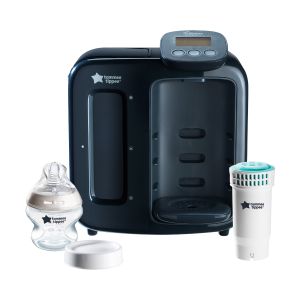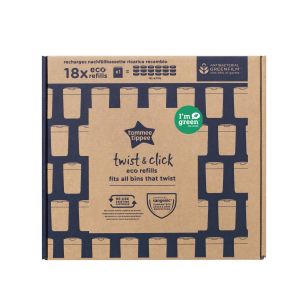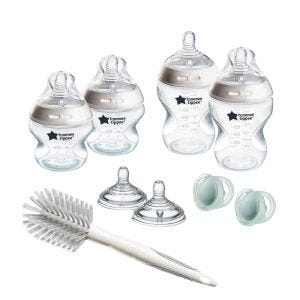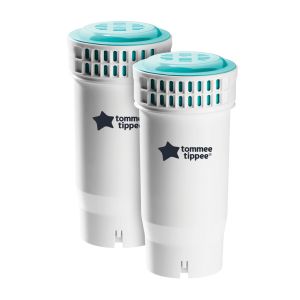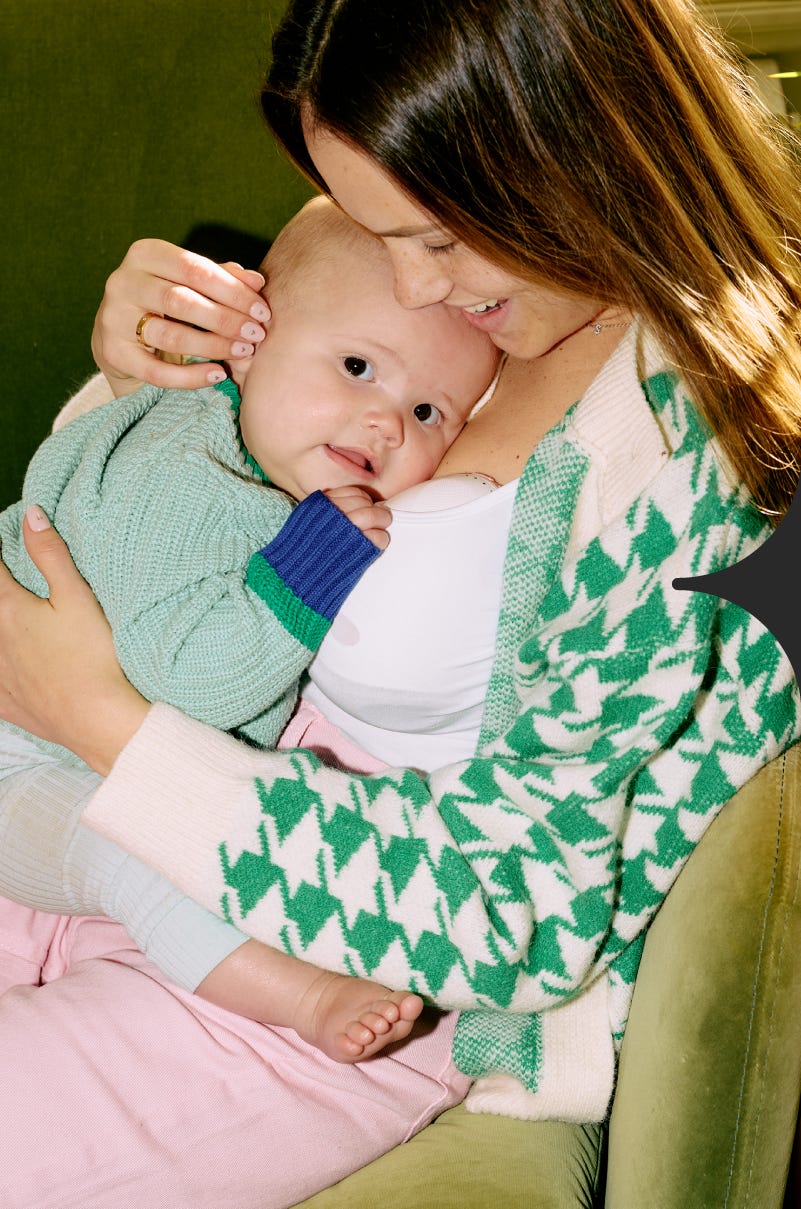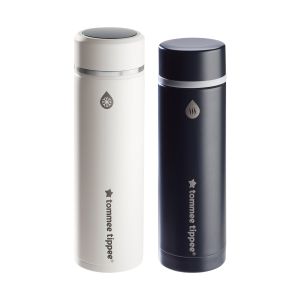
Tommee Tipps
We hear from Julia, a neonatal nurse, midwife and baby sleep consultant as she tells us how to create the best sleep environment for your little one and passes on some tricks to create that all important sleep routine...
How To Build A Healthy Baby Sleep Routine
"Becoming a mother was the most challenging time I had ever faced and I very quickly found that I could only offer the best version of myself if I was well-rested. That meant my baby had to sleep well too. I would like to share with you some tips and tricks for getting your baby to sleep well, so you too can benefit and be the best parent you can be."
- Julia Fensom
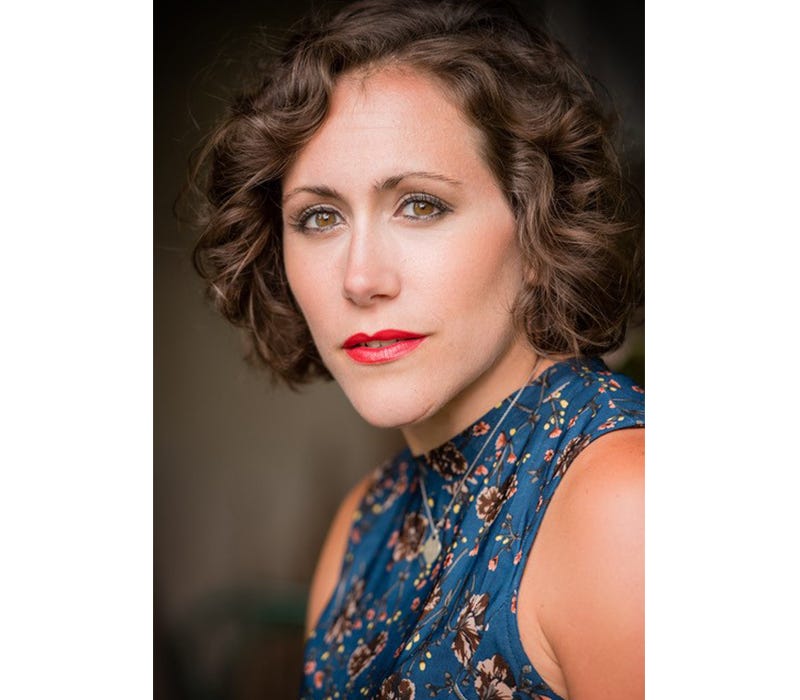
Focus on the essentials
When shopping for your baby, everything is sold to you on the basis of LOOK HOW CUUUUUTE!! or YOU NEED THIS! and though we want to create a peaceful, calm and beautifully coordinated space – filled with everything we might need – the truth is, there are only a few essentials.
Here are the items that genuinely make life easier and help you create a good sleep environment.
For the nursery
A Nappy Bin – A must-have as no other bin on earth will contain the smell of 10 dirty nappies a day. The Tommee Tippee Sangenic Tec was a game-changer for me and was so easy to use. There’s also now the Twist & Click nappy disposal bin available too.
A cot with changing heights - Try and make sure it’s a high side or you’ll find your 18-month old wandering around your house in the middle of the night if it’s too low (Never has there been a terror so strong of finding your toddler stood nose-to-nose with you at 2am).
A room thermometer and light - a warm red light can aid in the production and maintenance of melatonin through the night, keeping your little one sleepier for longer. The GroEgg2 is great, as it combines both functions. You ideally want the room temperature to be between 16-20˚ C – so knowing the room temperature to dress your little one in the perfect sleepwear for them whilst having a warm red light is ideal.
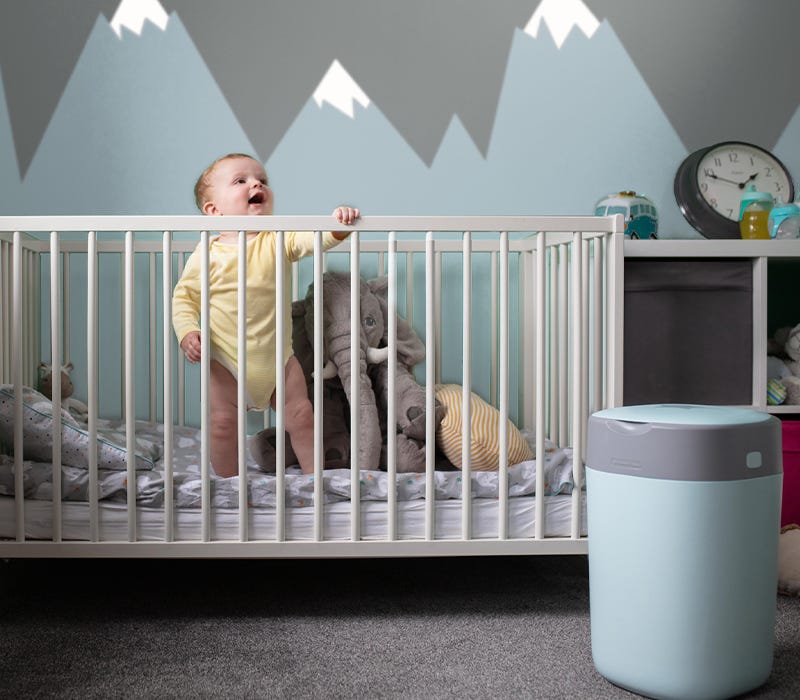
A changing mat - Ones that go on top of drawers are great space savers and good for your back (and tummy if you’ve had a C-section) but can be a bit dangerous – as you can’t leave your little one even for a second and older babies love practicing their rolling whilst having their nappy changed.
A blackout blind - This one really is essential, as babies love darkness. They don’t/can’t develop a fear of the dark until they’ve developed their imagination, which happens around the 2-year old mark. So for young babies, the darker the better. I always used the portable blackout blind. It had suction cups so you could take it on and off easily, without having to permanently tape the windows shut. Plus you can take it with you when you visit grandma!
For your baby
A Swaddle - Recent research has found that your baby will sleep 50% longer if they are swaddled. So swaddling is a must! I used a Snuggle with my youngest, which was lovely, as it has room for the hips to move. For when they’ve grown out of the swaddle, Sleepbags are ideal, as they come in all different togs for the different seasons.
A comforter - This can act as a good form of portable sleep association that they keep in their cot/basket. Remember, when they’re young, tuck it down at the end of the cot where they can’t grab it! Simply put, it smells like sleep. So, whenever you give it to them, it will signal that it is “sleepy time”.
Soothers - If these are used well, they can be a big lifesaver. They are proven to prevent SIDS, and, as long as you only give it to them at the beginning of the sleep, they also use them as portable sleep associations.
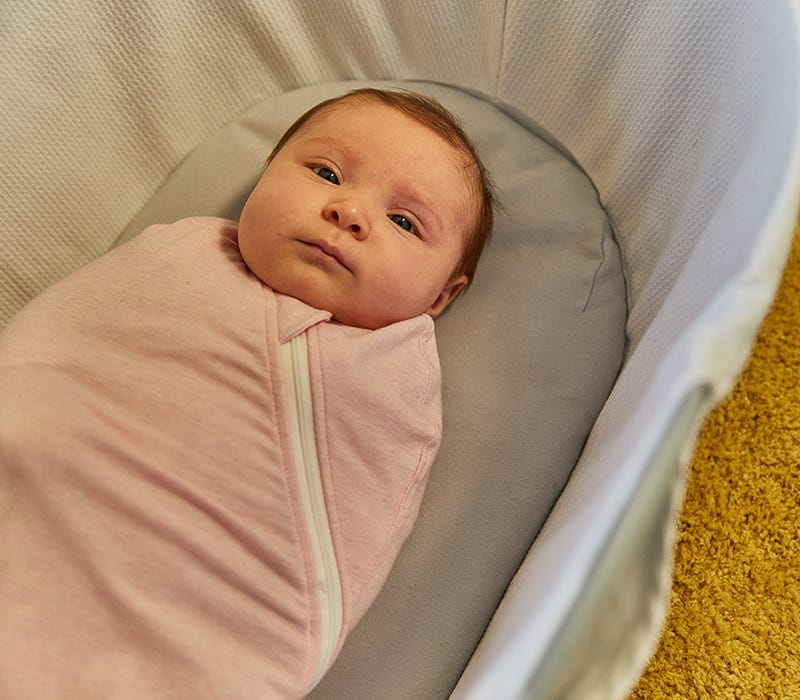
Create a routine
I know what you’re thinking…."The routine”. But think of it more like “struct-ible” parenting. Structured but flexible. Over time, you’ll get a sense of everything your baby needs and when they need it, from feeding to nap time. This gives you a rough structure for the day that you can flexibly plan around and avoid getting caught out when it comes to bed time.
The most vital piece of information about newborns (0-1month) is that they cannot stay awake longerthan 45 mins - 1 hour without getting overtired, but they will keep themselves awake unless actively put down to sleep.
They should wake up, have a good long feed, and then blink at you for a few mins and then you’ll hear the ‘grizzle’/‘fuss’. That means that their tolerance is starting to wane and if you check your watch, it should be around the 45m-1 hour mark in which case, it’s time for a nap.
- Swaddle them tight and give them their dummy
- Lie them on their side in the cot with their head resting on your hand (and your fingers holding in the dummy)
- Pat their bum firmly until they fall asleep
- Lie them back onto their back
They should then be able to sleep 2-3 hours and when they next wake, they’ll be ready for their next feed and the cycle starts again.
This means your baby will naturally look for milk around every 3 and a half to four hours, which will help them sleep well.
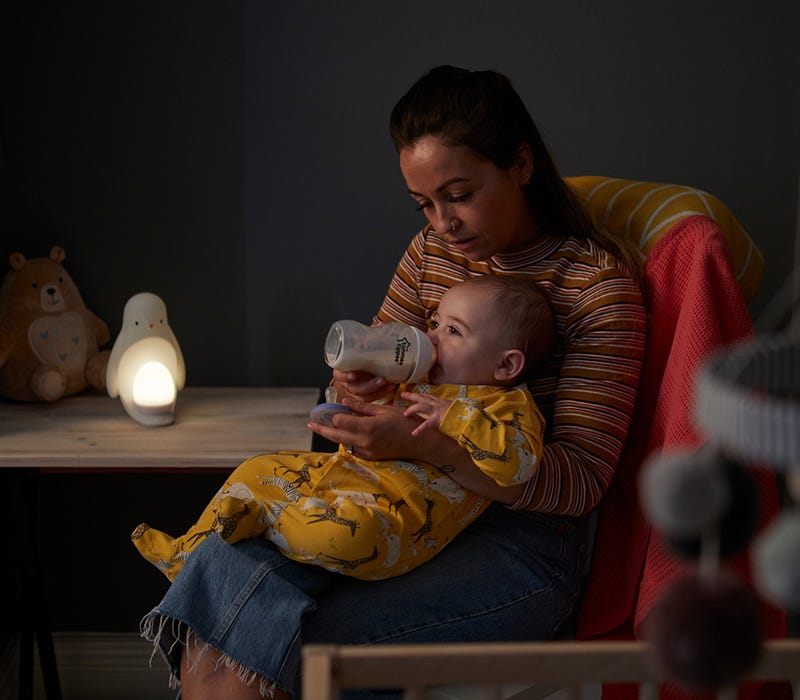
Melatonin develops once babies are 6-8 weeks old (earlier with a structured feeding and sleep routine). From then, they can start having a rough bed time. I say rough because each day will vary depending on their naps/activities, so don’t get too attached to a set time (think ‘struct-ible’).
As they get older, their awake time slowly lengthens and their naps start to shorten. But as long as they learn to self-settle by the time they’re 3-4 months old, there’s no need to worry about ‘sleep regressions’. By then you will have a baby that is happy, rested and thriving!

